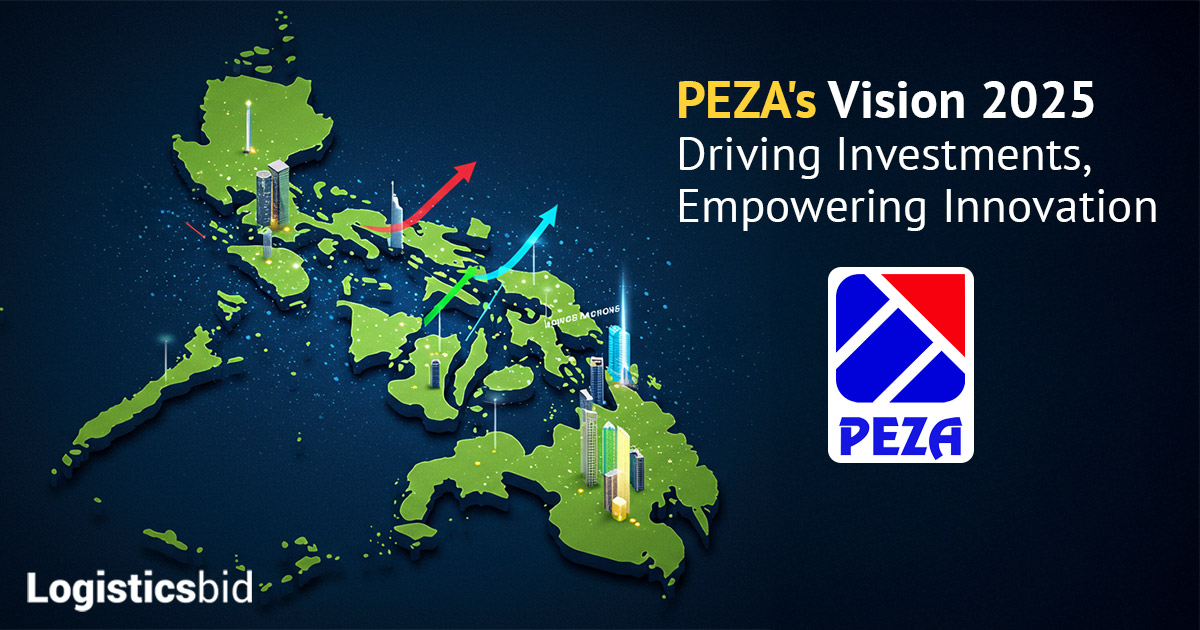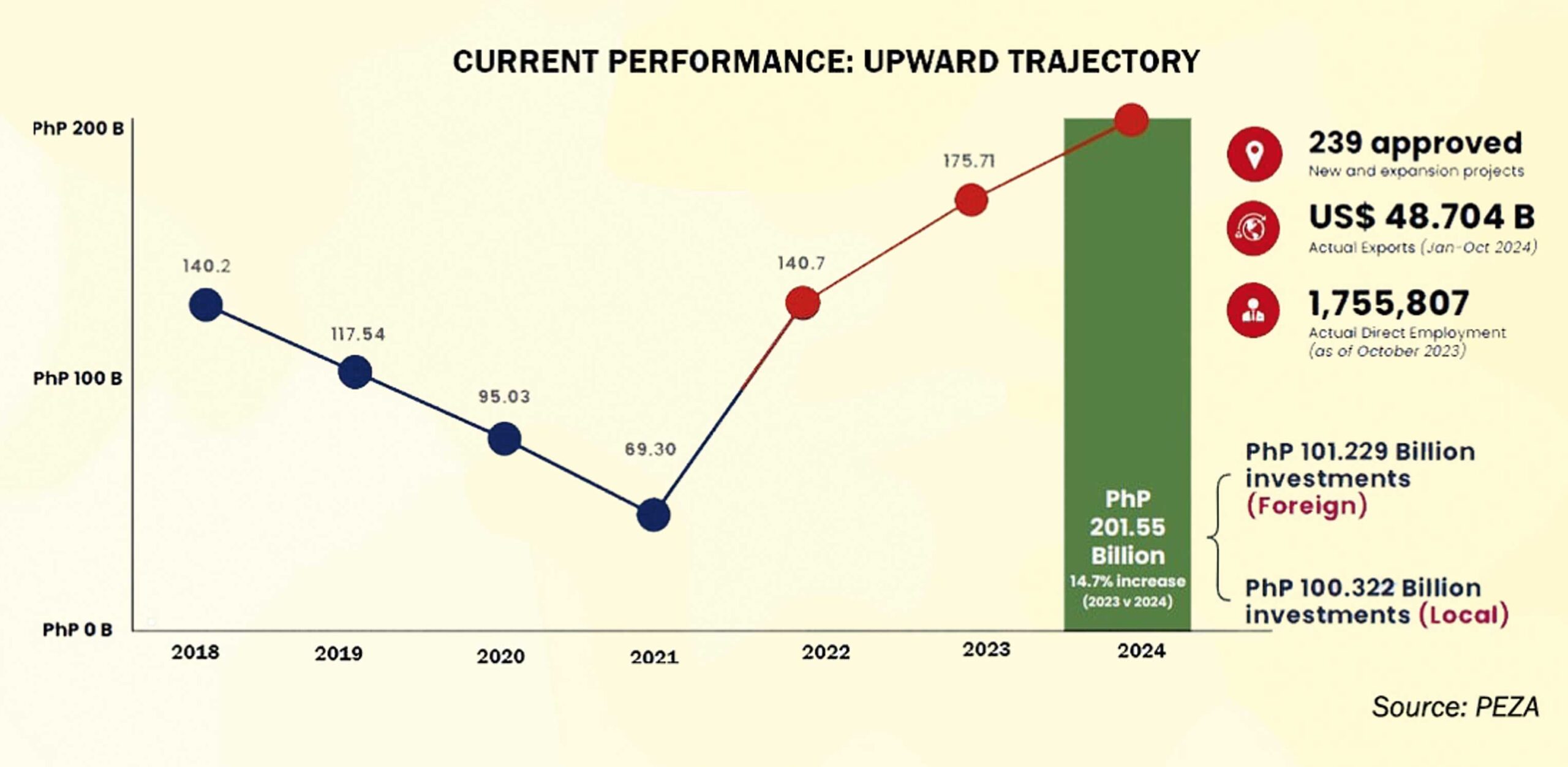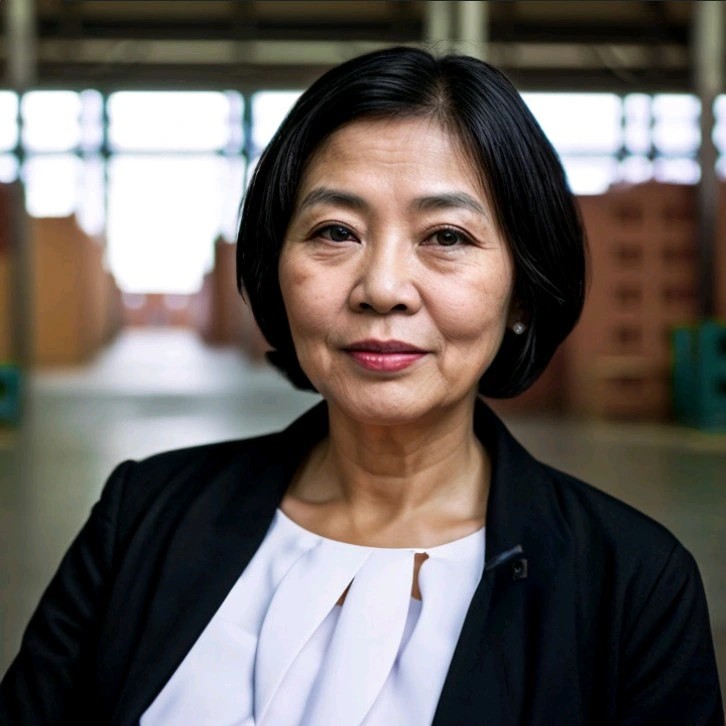
In Southeast Asia, the Philippines is emerging as an interesting place to invest which have now grown over the years. Among these thriving industries today, the Philippine Economic Zone Authority (PEZA) is also putting a lot of effort into increasing the nation’s appeal to foreign investors. By supporting various industries, forging trade agreements, and emphasizing cutting-edge and sustainable technologies, they are achieving this.
Diversification into Emerging Markets and Technologies
Focus on Advanced Manufacturing and Green Technology
- Electric vehicle battery production.
- Smart manufacturing systems.
- Data centers and green ores or mineral processing.
Such initiatives position the Philippines as a leader in green technology and sustainable manufacturing within Southeast Asia.
Targeting Foreign Direct Investments in Southeast Asia

Philippine Economic Zone Authority‘s 2025 goal is not just to reach but surpass its 2012 peak investment registration of ₱311.9 billion. Achieving this would elevate the Philippines to a significant position as a preferred destination for FDIs in Southeast Asia. The strategy involves:
- Strengthening ties with traditional FDI sources like Japan and the US.
- Exploring partnerships with emerging economies in the Asia-Pacific region.
Statistics to Consider
- In 2022, the Philippines reported an FDI inflow of $9.2 billion, showcasing its resilience amidst global challenges.
- The projected growth of Southeast Asia’s economy by 5.6% annually provides a fertile ground for investment expansion.
Leveraging Free Trade Agreements for Growth
With free trade agreements (FTAs) already in place, including those with ASEAN, Japan, and the European Free Trade Area, Philippine Economic Zone Authority plans to amplify its efforts by focusing on South Korea’s FTA set to commence in 2025. These FTAs will reduce trade barriers, making the Philippines an attractive investment gateway for international players.
New Investment Pipelines
- Technologies like integrated circuit design and marine-based ecozones are expected to generate significant interest from global investors.
- Innovations in solar concentrators and biopolymers cater to the rising demand for renewable and sustainable solutions.
Encouraging Domestic Investments
Apart from foreign direct investments (FDIs), Philippine Economic Zone Authority is keen to attract investments from local companies, creating a synergistic ecosystem within its economic zones. This initiative aligns with the Philippines’ goal to catch up with ASEAN neighbors like Vietnam and Thailand, who lead in regional FDIs.
Advantages for Domestic Investors
- Registration opportunities for domestic-oriented companies servicing Philippine Economic Zone Authority locators.
- Access to state-of-the-art infrastructure and supply chain support within ecozones.
Key Trade Partnerships Driving Investments
- European Union and Japan: These partners remain vital for technology and automotive investments.
- ASEAN and South Korea: Strong regional ties and new FTAs open opportunities for collaborative projects in manufacturing and green energy.
Philippine Economic Zone Authority also highlights its function as a gateway to the Asia-Pacific area, especially for companies wishing to enter the region’s rapidly expanding markets.
Fostering Employment Opportunities and Economic Impact
The increase in investment registrations is expected to have a ripple effect on the Philippine economy, particularly in terms of job creation and GDP growth. Philippine Economic Zone Authority estimates that the expanded focus on technology-driven industries will lead to:
- Higher-quality jobs in IT, engineering, and advanced manufacturing.
- Increased export revenue from high-value goods and services.
- Development of local suppliers to support foreign companies operating in ecozones.
Over 1.5 million employment were held by PEZA-registered businesses in 2022, and as the agency meets its 2025 goals, this figure is expected to rise sharply.
The Path Ahead: Challenges and Opportunities
While the outlook for PEZA’s 2025 goals is optimistic, challenges such as geopolitical tensions, supply chain disruptions, and global economic uncertainties remain. To address these hurdles, the Philippines must:
-
Enhance its Ease of Doing Business
Simplify processes and ensure transparency to attract and retain investors.
-
Focus on Workforce Development
Upskill the labor force to meet the demands of high-tech industries.
-
Strengthen Trade Relations
Work closely with global partners to mitigate risks and secure stable investments.
A Gateway for Global and Regional Growth
By being proactive and strategic, the Philippines is creating a welcoming environment for global businesses. They’re not just hoping for investment – they’re actively creating opportunities that make the country stand out as a top place to do business in the region.
The goal is simple: show the world that the Philippines is open, ready, and capable of being a key player in international investment.
SEE ALSO:
